Chablis, a small town in northern Burgundy, France, is renowned for producing some of the world’s most distinguished and refreshing white wines. The region’s unique landscape provides ideal conditions for cultivating Chardonnay grapes, which are the sole varietal used in these globally acclaimed wines. The cool climate, along with the region’s distinctive soil composition, imparts Chablis wines with their characteristic minerality, sharp acidity, and elegant flavors.
The production of Chablis wine takes place in four distinct appellations: Petit Chablis, Chablis, Premier Cru, and Grand Cru. Each of these categories possesses its own qualitative Chablis wine characteristics, allowing Chablis wines to offer a wide range of tastes and complexities that appeal to a broad range of palates. The meticulously crafted wines from this region are highly sought after by wine aficionados, and their value tends to rise over time.
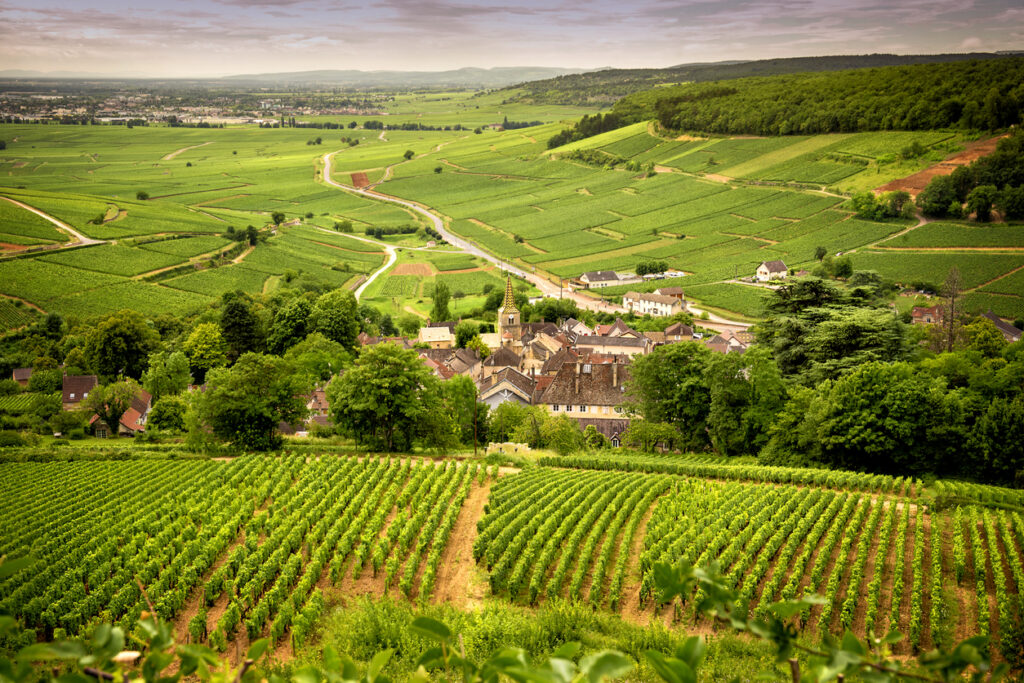
Understanding the fascinating history and techniques behind Chablis wine is crucial for those who appreciate the sophistication and allure of these exceptional white wines. As one delves into the intricacies of Chablis wine, they are sure to develop a deep appreciation for the time-honored traditions, masterful skill, and the environment that crafts these highly coveted bottles.
Chablis: A Unique Wine
Distinct Style and Taste
Chablis is a unique white wine originating from the Chablis region in northern France. Renowned for its light, crisp, and mineral-driven taste, this wine is highly sought after by enthusiasts and collectors alike. Its distinct style can be attributed to its cooler climate, and the specific soil composition of the region, which contains a high concentration of limestone and clay.
One of the key characteristics of Chablis is its high acidity, which lends the wine a bright and refreshing flavor profile. Typical tasting notes include green apple, citrus, and flinty minerality. Aged Chablis may also exhibit more complex flavors, such as honey, hazelnut, and mushroom.

Chardonnay Grapes
The primary grape variety used in Chablis is Chardonnay. This versatile grape can produce wines with a wide range of flavors and styles, depending on the region and winemaking techniques employed. However, in Chablis, the focus is on preserving the purity and expression of the grape, with minimal intervention during the winemaking process.
In Chablis, several factors contribute to the unique expression of the Chardonnay grape:
- Climate: The cooler climate of Chablis results in slower ripening of the grapes, leading to higher acidity and distinct flavors in the wine.
- Soil: The limestone-rich soil, also known as Kimmeridgian soil, imparts a unique mineral character to the wine.
- Winemaking: Chablis producers often avoid the use of oak barrels during the aging process, instead opting for stainless steel or neutral vessels. This helps to preserve the grape’s natural flavors and acidity.
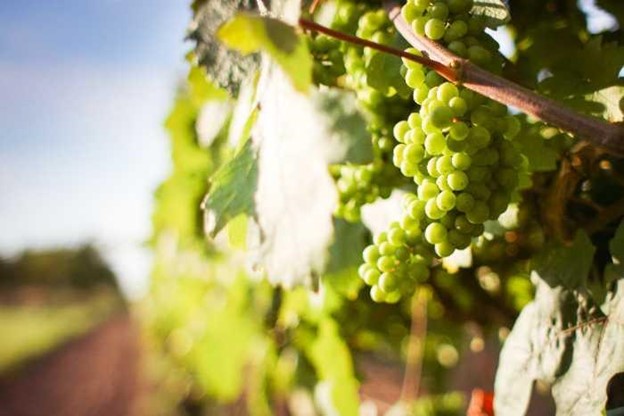
With its distinct style and flavors, Chablis offers a unique take on the popular Chardonnay grape, setting itself apart from other white wines on the market. This refreshing and minerally-driven wine continues to captivate the palates of wine lovers worldwide.
Geographical and Climatic Factors
Yonne Department
The Chablis region is located in the Yonne department of Northern Burgundy, known for producing exceptional Chablis wines. The climate in this area is semi-continental, characterized by relatively cold winters and warm summers. This climate plays a significant role in the development of the distinct flavors found in Chablis wines.
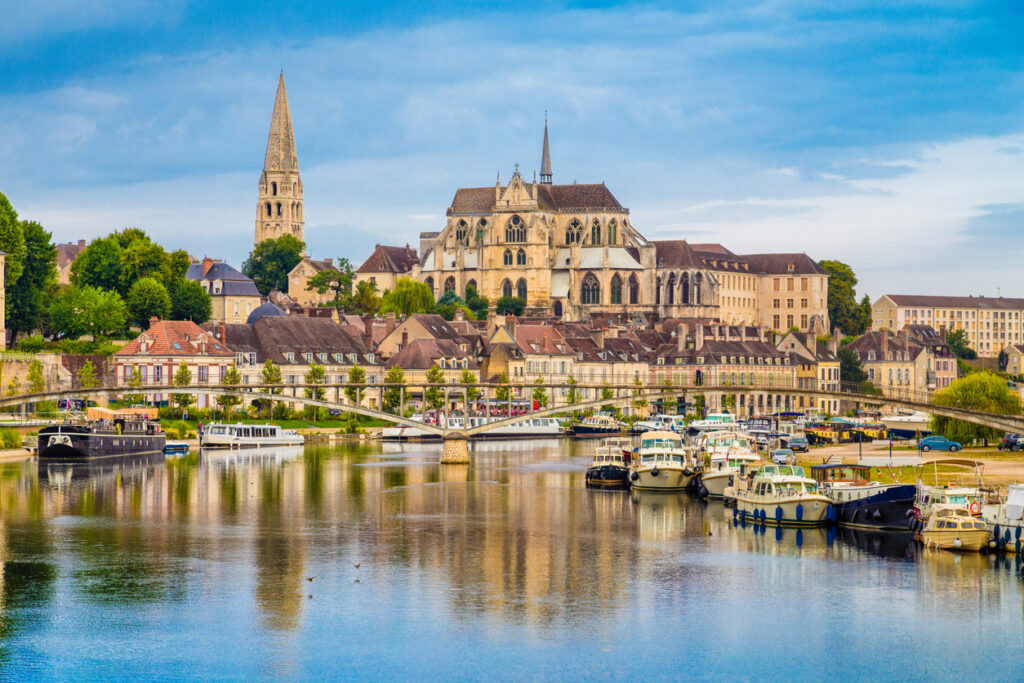
Serein River
The River Serein runs through the heart of the Chablis region, providing essential water resources for the vineyards. The river’s influence on the local climate is significant, as it moderates temperatures and creates a suitable environment for the growth of the white flower, which in turn benefits the wine production.
Soil and Terroir
The soil in Chablis is primarily composed of Kimmeridgian soils, which are made up of limestone and clay. This unique soil type is responsible for the distinct minerality wine lovers find in Chablis wines. It contributes to its reputation as one of the most recognizable white wines. The terroir also plays a crucial role in shaping the flavors and characteristics of Chablis. It offers a complex combination of elements such as soil type, climate, and topography.
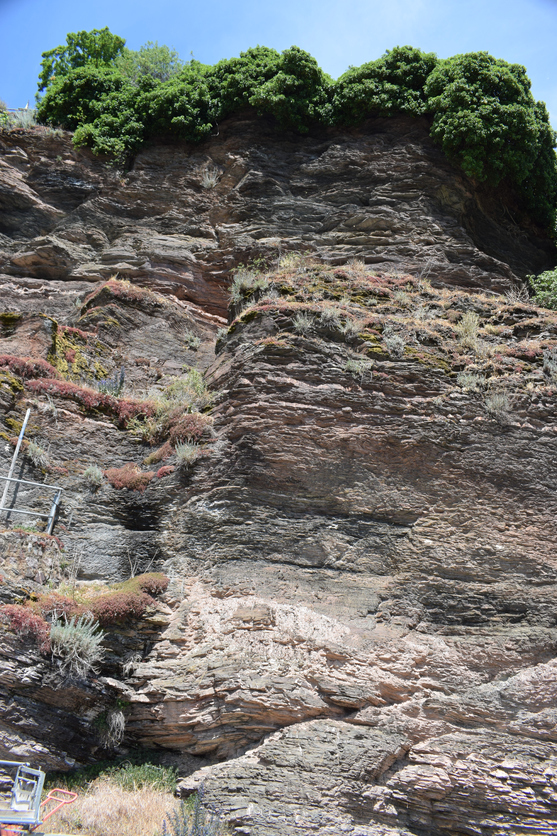
The combination of these geographical and climatic factors results in the production of Chablis wines with unique and sought-after characteristics.
Classifications and Appellations
Chablis AOC
Chablis or Chablis Village wine is the primary appellation for wines produced in the Chablis region, located in Yonne, France. Wine lovers appreciate this region for its unique climate, characterized by a cool, semi-continental influence resulting in excellent vintage variations. The Chablis AOC is further divides into four classifications: Petit Chablis AOP, Chablis AOP, Chablis Premier Cru AOP, and Grand Cru Chablis AOP. These distinctions are mainly based on the unique climats and quality of the vineyards.
Petit Chablis AOP
The Petit Chablis appellation contains wines produced from chablis vineyards with Portlandian limestone soil. It is less favorable for wine production compared to the Kimmeridgian limestone found in higher-ranked Chablis appellations. Consequently, Petit Chablis wines are typically more affordable and have a lighter, fruitier profile.
Chablis AOP
The Chablis AOP represents wines made from better-quality vineyards, grown on Kimmeridgian limestone soils. These wines are renowned for their crisp, mineral-driven flavors, making them a popular choice among white wine enthusiasts.
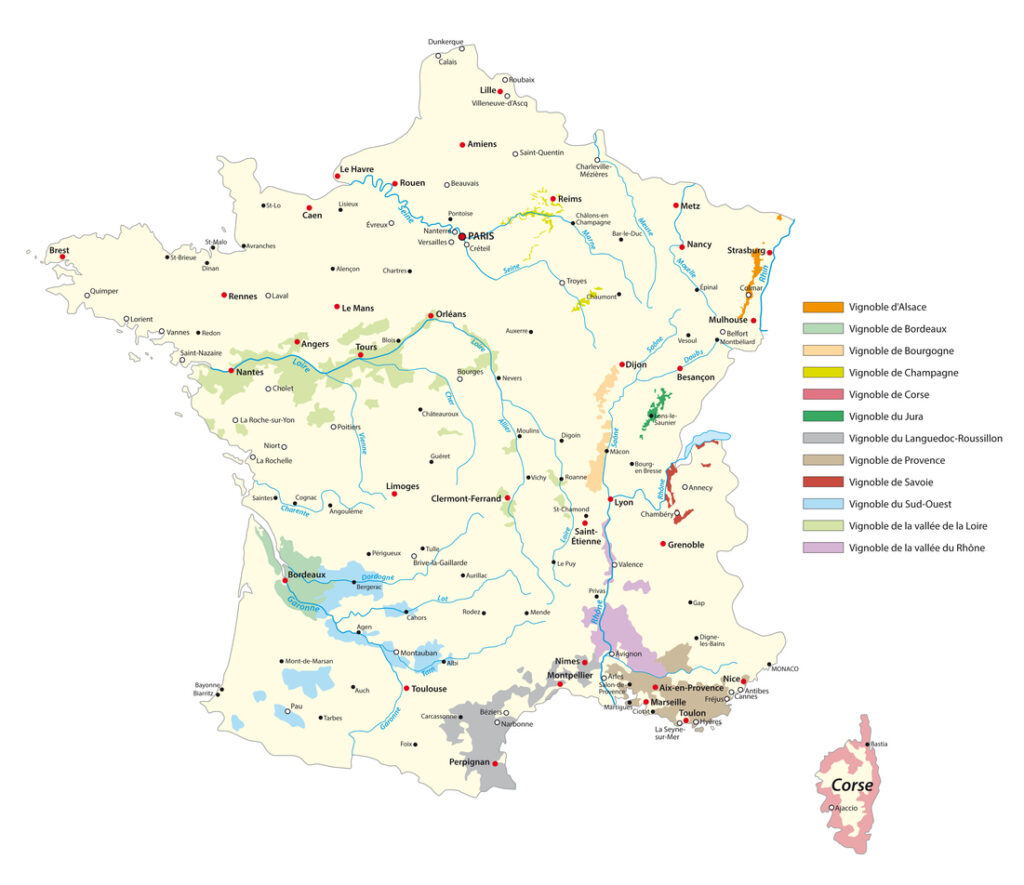
Chablis Premier Cru AOC
The Grand Cru Chablis are one step above the Chablis Premier Cru AOC which is one level above the Chablis AOP in terms of quality and prestige. Seven Chablis Grand Cru appelations are known. This Chablis Grand Cru classification consists of approximately 40 different climats, each boasting their distinct characteristics. These climats are located on slopes with south or southeast sun exposure. The vineyards yield Chardonnay wines with more complexity and aging potential than those from the Chablis AOP.
For Chablis Grand Cru appelations the combination of unique climats of Kimmeridgian limestone soils, and favorable sun exposure results in Chablis Grand Cru wines that are highly sought after for their distinct minerality, freshness, and nuanced flavors.
In conclusion, understanding the classifications and appellations is essential when approaching the diverse range of Chablis wines. Each classification represents various levels of quality and distinct flavor profiles, offering something for every white wine lover to enjoy.
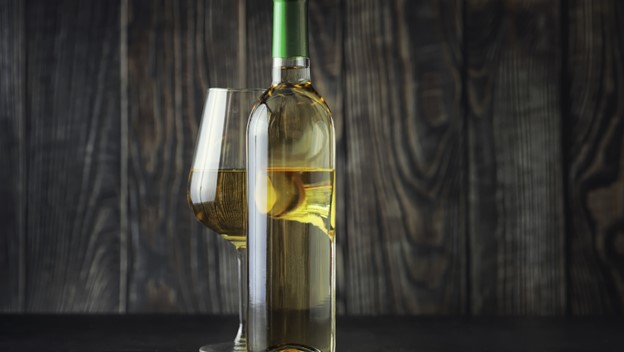
Taste Profile and Characteristics
Acidity and Minerality
Chablis wines are known for their high acidity and distinct flinty minerality. This characteristic of the wine can be traced back to the unique terroir found in the Burgundy region. In particular the Kimmeridgian soil, which is rich in limestone and fossilized oyster shells. The high acidity in Chablis wines presents as a crisp, refreshing sensation on the palate, often leaving a clean finish.

The Chablis style white wines are produced without malolactic fermentation to preserve the fruity and acidic character of the classic chablis.
Fruit and Oak Flavors
The fruit flavors in Chablis wines are primarily focused around citrus and green fruits. These are lemon and green apple, with subtle hints of pear and white pepper. The flavor profile often leans towards a more dry, lean style, which is a result of the cool climate and limited oak influence in the winemaking process. Winemakers use Oak in Chablis wines is generally used sparingly, with many producers opting for stainless steel or older oak barrels. It allows to retain the wine’s natural acidity and minerality.
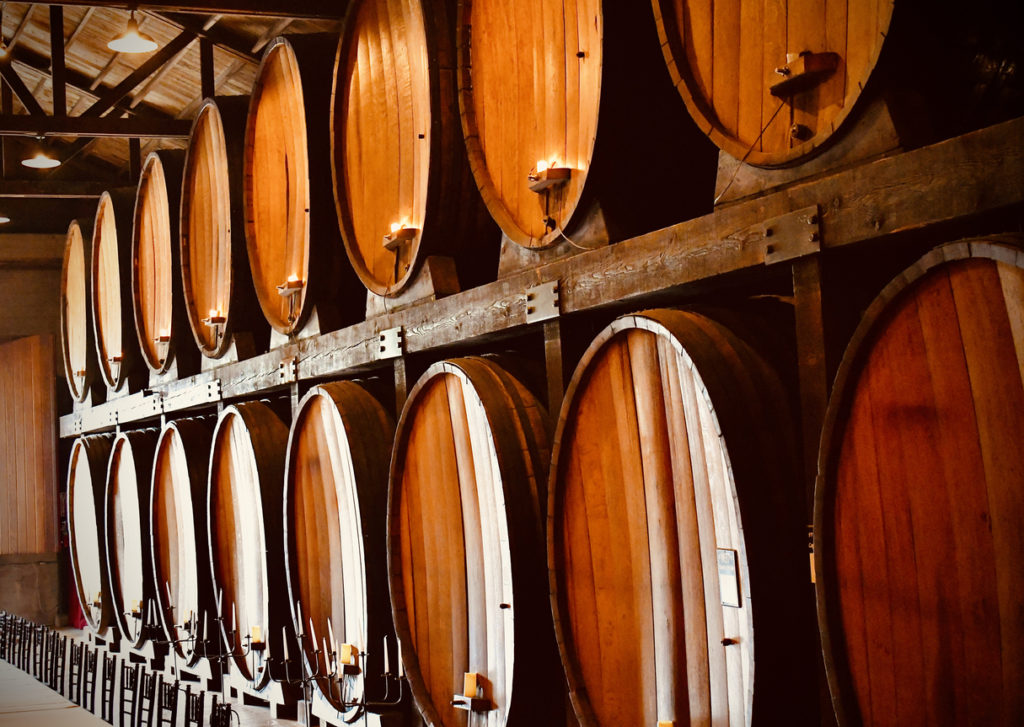
Pairing with Food
When it comes to food pairings, the pronounced acidity and flinty minerality of Chablis wines make them ideal partners for a variety of dishes. Some classic pairings include:
- Raw or lightly cooked seafood, like oysters or ceviche
- Creamy cheeses, such as goat cheese or Camembert
- Chicken or turkey dishes with light, herb-forward sauces
- Vegetarian dishes that highlight earthy, green flavors
The versatility of Chablis wines allows them to complement a diverse array of flavors. It makes them a popular choice for many meals.
Winemaking and Production
Traditional Techniques
In Chablis, a region in France, winemakers have followed time-honored traditions in producing high-quality wines from Chardonnay grapes. The use of oak barrels for fermentation and aging is a significant aspect of Chablis winemaking. It enhances the wine’s unique flavors and complexity. The region’s cool climate plays a crucial role in ripening Chardonnay grapes, allowing them to develop bright acidity and minerality.
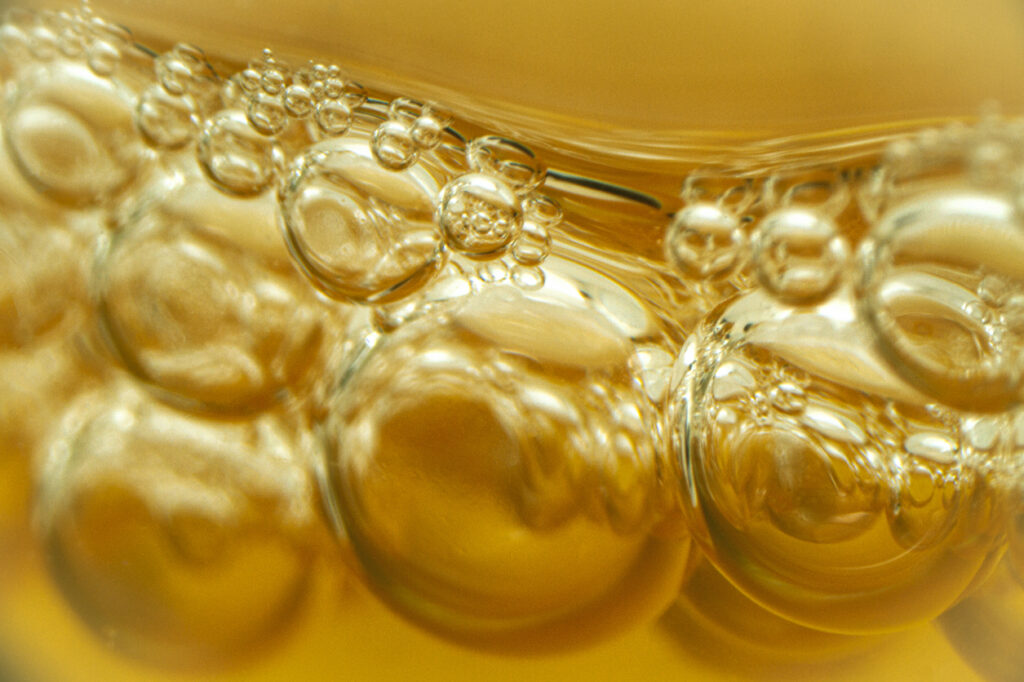
Producers in Chablis prioritize quality over quantity, and they carefully select their grapes to ensure the finest wines. Traditional Chablis is minerally, with some tautness, and reflects the Chardonnay grapes, that often come from vines on southern-exposed slopes to ensure optimal ripening.
Modern Innovations
While Chablis winemakers value tradition, modern technology has been introduced to enhance wine production. In response to climate change, producers have adopted innovative approaches to preserve the typical characteristics of Chablis wines. They utilize technology to monitor grape ripening, ensuring the grapes don’t become overly ripe or lose their signature acidity. It becomes more important given the warmer temperatures the region has experienced.
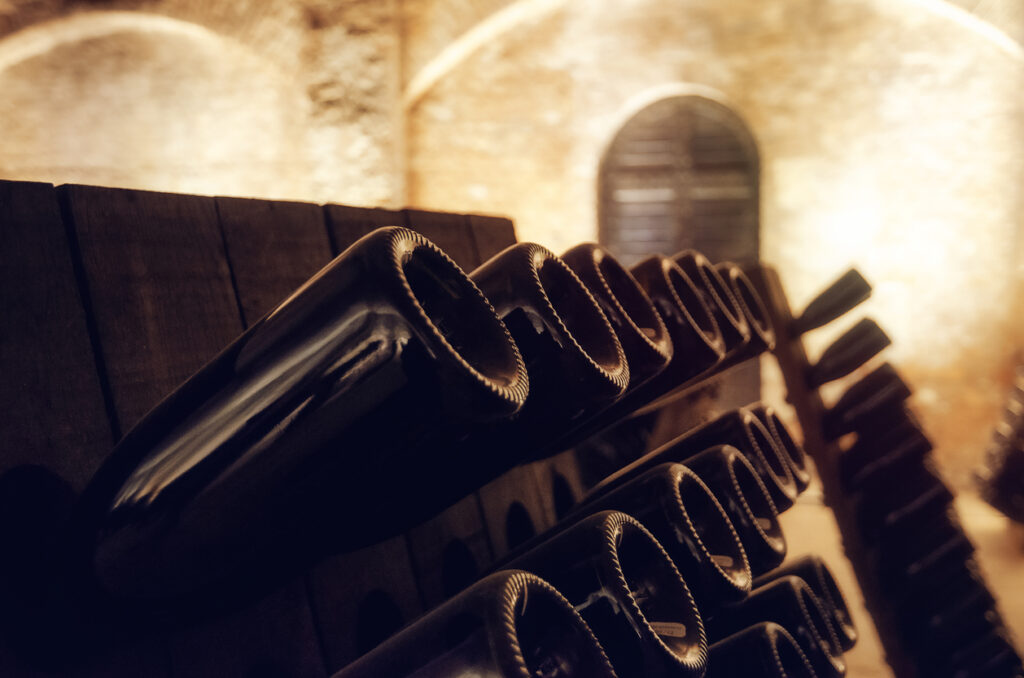
Moreover, modern tools and equipment have improved overall wine quality and consistency. For instance, some Chablis producers are experimenting with different types of oak barrels They use larger or older barrels or even stainless steel for aging, to fine-tune the final product’s nuances.
In essence, the winemaking and production process in Chablis includes both traditional techniques and modern innovations. This balances respect for tradition with an embrace of progress to ensure the highest quality wines.
Aging and Serving Recommendations
Cellaring and Decanting
Chablis wines are known for their crisp and refreshing qualities. While you may enjoy many Chablis wines young, you need to cellar certain vintages for 10+ years. This allows them to gain complexity and adds depth with time. It is important to store Chablis wines in proper conditions. This can be a cool, dark cellar, ensuring they continue to develop and reach their full potential.
Decanting Chablis wines is not always necessary. It can help aerate and open up the wine, revealing its true character. This is particularly applicable when serving older vintages, which may have developed more delicate and nuanced flavors.
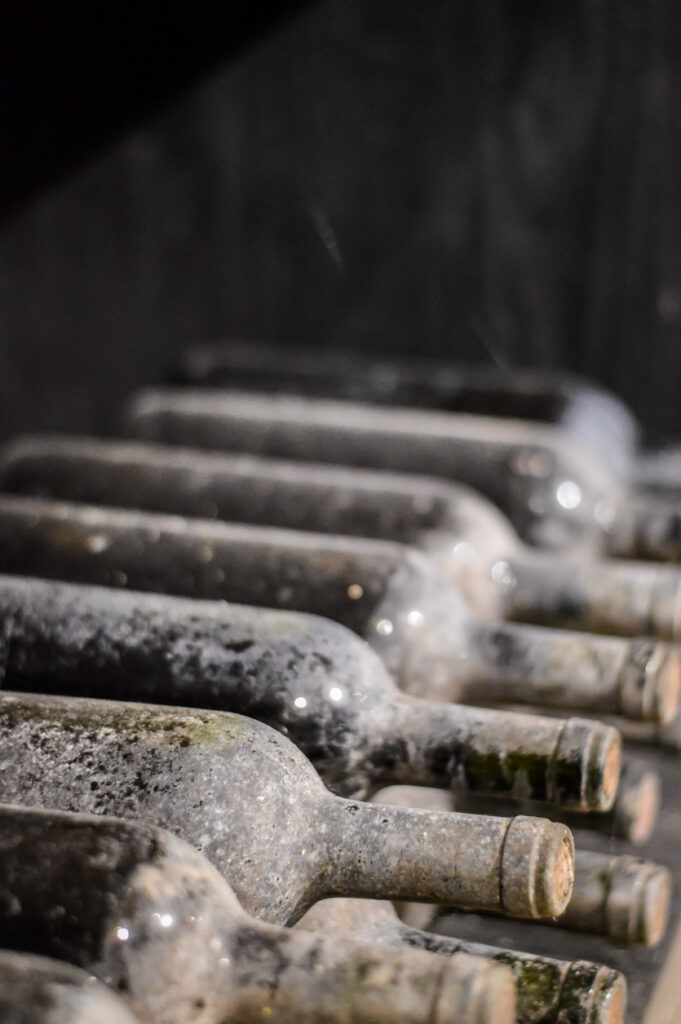
Optimal Serving Temperature
To fully appreciate the crisp and vibrant nature of Chablis wines, it is essential to serve them at the optimal temperature. The recommended serving temperature for Chablis wines is between 50-54°F (10-12°C). Serving the wine within this temperature range highlights the wine’s bright acidity, fresh fruit flavors, and mineral notes. In the end it allows you to enjoy the wine appropriately.
Chablis in the Wider Wine World
Northern Burgundy and Beyond
Chablis is a renowned wine region located in Northern Burgundy, France. The distinct soils characterize the region’s unique terroir, a mixture of limestone and clay, which date back to the Jurassic period. This terroir contributes to the crisp, mineral-driven flavors of Chablis wines.
Chablis vineyards are predominantly planted with Chardonnay grapes. They produce white wines known for their bright acidity, vibrant citrus and green fruit notes, and a distinct minerality. These wines often age in stainless steel tanks or neutral oak barrels. This allows their pure, unadulterated flavors to shine through.
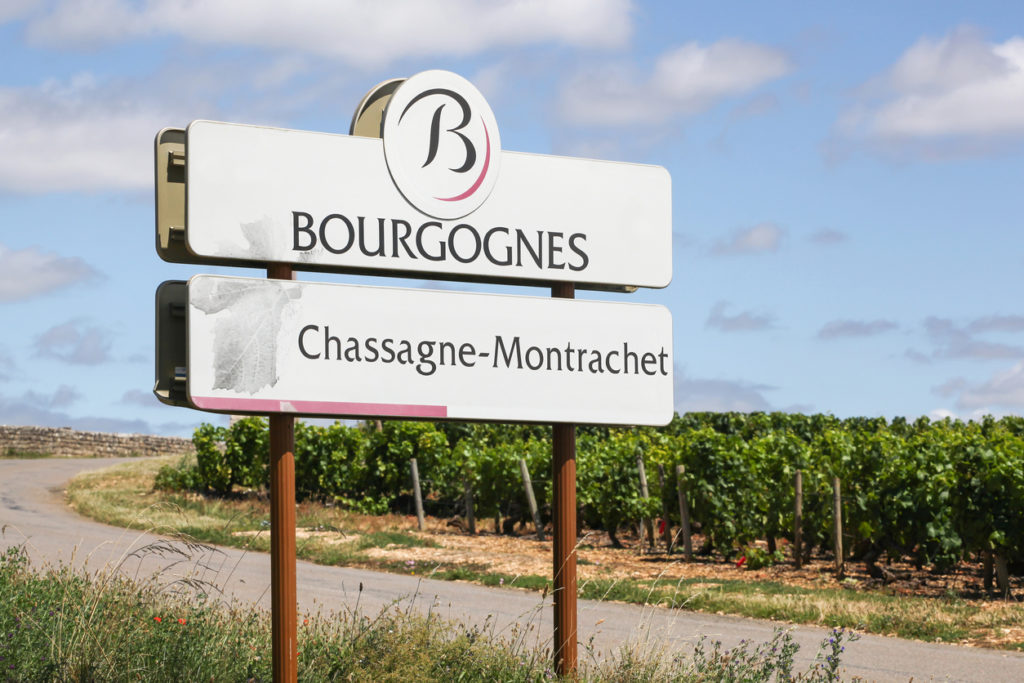
Comparisons with Champagne
Chablis shares some similarities with the neighboring Champagne region, such as their cool, continental climates that heavily influence wine production. Both regions’ soils possess significant limestone content, a nod to their shared geological past. This limestone-rich soil imparts similar qualities to their respective wines,. They show bright acidity and mineral characteristics being hallmarks of both Chablis and Champagne.
However, there are notable differences between the two regions. While Chablis primarily focuses on still white wines made from Chardonnay grapes, Champagne is famous for its sparkling wines made from a blend of Chardonnay, Pinot Noir, and Pinot Meunier grapes. Additionally, the winemaking process differs as Champagne undergoes a secondary fermentation in the bottle, creating its signature bubbles.
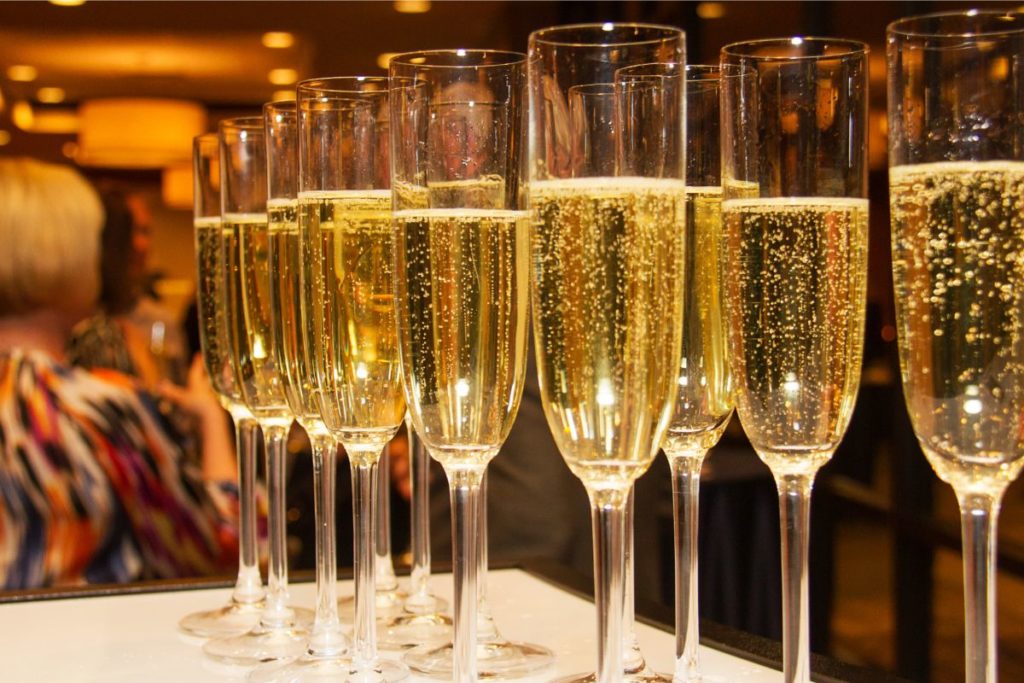
Despite these differences, Chablis and Champagne both celebrate their unique terroirs. They continue to produce exceptional wines recognized and appreciated by wine enthusiasts worldwide.

